Blog
Jewellok is a professional pressure regulator and valve manufacturer and supplier.
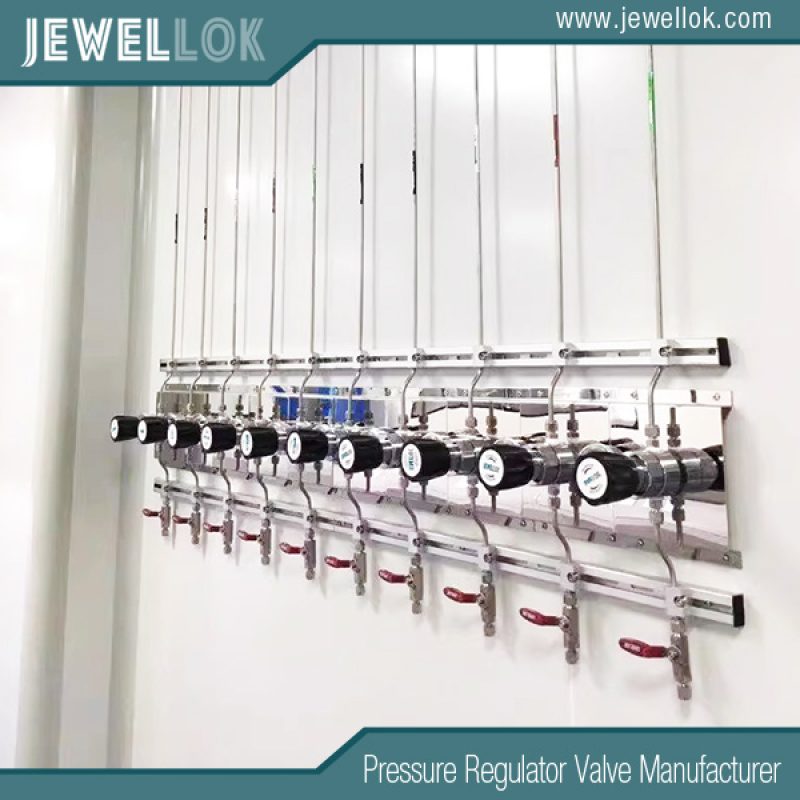
How to Select a Pressure Regulator for a Novice? Expert Tips to Make It Easy!
- Pressure Regulator Valve Manufacturer
- 0-10 psi air pressure regulator with gauge, 1 1 2 gas pressure regulator, 1/2 gas pressure regulator, 10000 Psi Needle Valve Manufacturer, 2 electric valve, 3000PSI Nitrogen Panel Mount Pressure Regulator, adjustable air pressure regulator, adjustable hydraulic flow control valve, adjustable hydraulic pressure regulator, adjustable hydraulic pressure relief valve, adjustable inline air regulator, Adjustable Pressure Regulators, adjustable propane pressure regulator, air compressor non return valve, air pressure regulator diagram, air pressure regulator electronic control, Air pressure Regulator for Pneumatic, air pressure regulator how it works, Air Pressure Regulator Manufacturer, Air Pressure Regulator manufacturer in china, air pressure regulator valve with gauge, air pressure regulator with gauge, air pressure regulator with gauge in south africa, air pressure regulator with relief valve, air pressure relief valve suppliers, Argon Gas Flow Gauge Regulator And Valves, BA grade high purity ball valves, pressure regulator, pressure regulator for a novice
- No Comments
How to Select a Pressure Regulator for a Novice? Expert Tips to Make It Easy!
Pressure regulators are essential devices that control the pressure of gases or liquids, ensuring safe and efficient operation in systems ranging from industrial pipelines to laboratory experiments, medical gas delivery, and even DIY projects like home brewing or welding. For novices—whether new engineers, technicians, hobbyists, or small business owners—selecting the right pressure regulator can feel daunting due to the variety of types, specifications, and technical terms involved. Choosing incorrectly can lead to pressure instability, equipment damage, safety risks, or wasted resources. However, with the right guidance, even beginners can make informed decisions. This article offers a beginner-friendly, step-by-step guide to selecting a pressure regulator, breaking down complex concepts into simple terms and providing expert tips to simplify the process. By understanding application needs, pressure and flow requirements, material compatibility, safety features, and maintenance considerations, novices can confidently choose a regulator that meets their needs, whether for oil and gas, pharmaceuticals, hydrogen energy, or hobbyist projects.
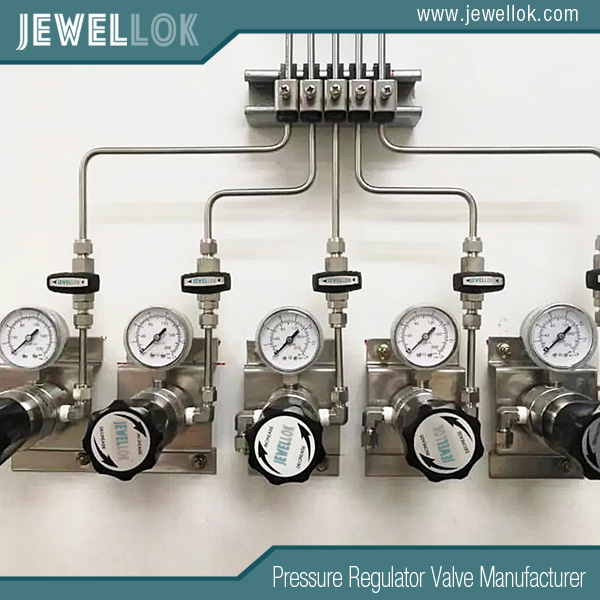
What Is a Pressure Regulator?
A pressure regulator is a device that reduces or maintains the pressure of a gas or liquid from a high-pressure source (e.g., a gas cylinder or pipeline) to a lower, controlled level suitable for your equipment or process. Think of it like a faucet that adjusts water flow, but for pressure. Regulators ensure:
- Safety: Preventing over-pressure that could damage equipment or cause leaks.
- Consistency: Delivering steady pressure for reliable performance.
- Efficiency: Optimizing fluid use to avoid waste.
Pressure regulators are used in:
- Industrial Applications: Controlling gases like nitrogen or hydrogen in oil and gas or chemical processing.
- Laboratories: Regulating helium for gas chromatography or oxygen for experiments.
- Medical Settings: Delivering precise oxygen or nitrous oxide for patient care.
- DIY/Hobbyist Projects: Managing CO2 for home brewing or argon for welding.
Common Types of Pressure Regulators
- Single-Stage Regulators: Reduce pressure in one step, suitable for stable systems.
- Two-Stage Regulators: Reduce pressure in two steps, ideal for systems with changing pressures (e.g., depleting gas cylinders).
- Back-Pressure Regulators: Maintain upstream pressure, used in pump or reactor systems.
- Specialty Regulators: Designed for ultra-high-purity (UHP) gases, high-pressure systems, or corrosive fluids.
This guide simplifies the selection process into clear steps, with expert tips to help novices avoid common pitfalls.
Step 1: Understand Your Application
Before choosing a pressure regulator, you need to know what you’re using it for. The application determines the regulator’s type, materials, and features.
1.1 What Fluid Are You Controlling?
The fluid (gas or liquid) affects the regulator’s design:
- Gases: Common gases include nitrogen (inert), oxygen (oxidizing), hydrogen (flammable), or ammonia (corrosive). Each requires specific materials to avoid reactions.
- Liquids: Water, oils, or chemicals may need regulators that handle higher viscosity or corrosion.
- Special Cases: Ultra-pure gases (e.g., for semiconductors) or medical gases (e.g., oxygen) require regulators that prevent contamination.
Example: If you’re welding, you might use argon (CGA 580 coupling), needing a brass regulator. For a corrosive gas like chlorine, a stainless steel regulator is safer.
Expert Tip: Check the gas or liquid’s safety data sheet (SDS) to understand its properties (e.g., flammable, corrosive). Ask your supplier for help if unsure.
1.2 What’s the Purpose?
Consider the specific task:
- Industrial: High-pressure gas delivery in oil pipelines or chemical reactors.
- Laboratory: Precise control for experiments (e.g., helium in analytical instruments).
- Medical: Safe delivery of oxygen or nitrous oxide in hospitals.
- DIY/Hobbyist: CO2 for aquariums, home brewing, or argon for welding torches.
Example: A home brewer needs a CO2 regulator to carbonate beer, while a lab technician needs a nitrogen regulator for a mass spectrometer.
Expert Tip: Write down your application (e.g., “welding with argon” or “oxygen for medical use”) to guide your search. This helps suppliers recommend the right regulator.
Action: Identify the fluid (gas/liquid), its properties, and the application (e.g., industrial, medical, DIY).
Step 2: Determine Pressure and Flow Needs
Pressure and flow are the heart of regulator selection. You need to know the input pressure (from the source), output pressure (for your equipment), and flow rate (how much fluid you need).
2.1 Input and Output Pressure
- Input Pressure: The pressure coming from your source, like a gas cylinder (e.g., 3000 psi for nitrogen) or pipeline. Check the cylinder label or system specs.
- Output Pressure: The pressure your equipment needs (e.g., 50 psi for a welding torch, 100 psi for a chemical reactor). This is often listed in equipment manuals.
- Range: Choose a regulator with an outlet pressure range that includes your target (e.g., 0–200 psi for 100 psi needs).
Example: A hydrogen fuel cell system may have a 5000 psi cylinder (input) and require 150 psi output. The regulator must handle both.
Expert Tip: For safety, pick a regulator rated above your maximum input pressure (e.g., 6000 psi for a 5000 psi cylinder). Ensure the outlet gauge shows your target pressure clearly.
2.2 Flow Rate
The flow rate is how much fluid the system uses, measured in liters per minute (LPM) for gases or gallons per minute (GPM) for liquids. Check your equipment’s flow requirements:
- Low Flow: Labs or instruments (e.g., 0.1–5 LPM for gas chromatography).
- High Flow: Industrial pipelines or welding (e.g., 10–50 LPM for argon).
- Flow Coefficient (Cv): A regulator’s Cv value indicates its flow capacity. Higher Cv (e.g., >1.0) suits high-flow systems; lower Cv (e.g., <0.1) is for precision.
Example: A welding regulator needs a higher Cv for steady argon flow, while a lab regulator needs a low Cv for precise helium delivery.
Expert Tip: If flow rate isn’t listed, estimate it by checking similar setups or asking your supplier. Oversizing the Cv can reduce precision, so don’t go too big.
Action: Note the input pressure (e.g., 3000 psi), output pressure (e.g., 100 psi), and flow rate (e.g., 10 LPM). Confirm these with equipment manuals or suppliers.
Step 3: Choose the Right Regulator Type
Regulators come in different types, each suited to specific needs. For novices, understanding the basics helps narrow the options.
3.1 Single-Stage vs. Two-Stage
Single-Stage: Reduces pressure in one step. Best for stable systems where the input pressure doesn’t change much (e.g., a full cylinder).
- Pros: Cheaper, simpler, compact.
- Cons: Output pressure may drift as the cylinder empties (called “supply pressure effect”).
- Use: Welding, short-term lab experiments.
Two-Stage: Reduces pressure in two steps, maintaining stable output even as input pressure drops (e.g., as a cylinder depletes).
- Pros: More precise, stable for long-term use.
- Cons: More expensive, bulkier.
- Use: Laboratories, UHP systems, depleting cylinders.
Example: A home brewer with a CO2 tank might use a single-stage regulator for cost, while a lab using helium for weeks needs a two-stage regulator for consistency.
Expert Tip: If your cylinder will be used over days or weeks, go for a two-stage regulator to avoid constant adjustments. For short tasks, single-stage is fine.
3.2 Specialty Regulators
- UHP Regulators: For semiconductors or labs, with electropolished stainless steel to prevent contamination.
- High-Pressure Regulators: For systems like hydrogen refueling (e.g., 700 bar).
- Corrosive Fluid Regulators: For gases like ammonia, using Hastelloy or PTFE.
- Medical Regulators: For oxygen or nitrous oxide, meeting FDA standards.
Expert Tip: If you’re handling specialty gases (e.g., medical oxygen, UHP nitrogen), ask your supplier for “UHP” or “medical-grade” regulators to ensure compliance.
Action: Choose single-stage for simple, short-term tasks, two-stage for precision or long-term use, or specialty regulators for UHP, high-pressure, or medical applications.
Step 4: Select Compatible Materials
The regulator’s materials must be safe for the fluid and environment to avoid corrosion, leaks, or contamination.
4.1 Body Materials
- Brass: Affordable, good for non-corrosive gases like nitrogen, oxygen, or argon. Common in welding or industrial settings.
- 316L Stainless Steel: Best for corrosive gases (e.g., ammonia, chlorine) or UHP systems (e.g., semiconductors). More expensive but durable.
- Nickel-Plated Brass: A middle ground for mildly corrosive gases (e.g., carbon dioxide).
- Hastelloy/Monel: For extreme corrosion (e.g., hydrogen chloride).
Example: A welding shop can use a brass regulator for argon, but a semiconductor fab needs a stainless steel regulator for silane.
4.2 Diaphragm and Seal Materials
- PTFE: Resists chemicals like acids or solvents.
- Viton: Good for oils or hydrocarbons.
- EPDM: Suitable for water or steam.
- Stainless Steel: For high-pressure or UHP systems.
Expert Tip: Ask your supplier, “What materials are safe for my gas?” They’ll recommend brass for common gases or stainless steel for tricky ones. For medical or food-grade applications, ensure materials meet FDA standards.
Action: Choose brass for non-corrosive gases, 316L stainless steel for corrosive or UHP systems, and confirm seal materials match the fluid.
Step 5: Look for Safety and Usability Features
Safety and ease of use are critical, especially for novices handling gases or liquids.
5.1 Safety Features
- Pressure Gauges: Show inlet and outlet pressures for monitoring. Ensure gauges are easy to read with your target pressure in the middle of the range.
- Relief Valve: Releases excess pressure to protect downstream equipment.
- Tied Diaphragm: Prevents leaks if the diaphragm fails, crucial for hazardous gases like hydrogen.
- Locking Knob: Prevents accidental pressure changes.
Example: A medical oxygen regulator with a relief valve and tied diaphragm ensures patient safety.
Expert Tip: Always get a regulator with clear, labeled gauges. For hazardous gases, insist on a tied diaphragm or relief valve—don’t skip these!
5.2 Usability Features
- Knob or T-Handle: Easy to adjust, especially for frequent changes.
- Compact Size: Important for tight spaces (e.g., lab benches, DIY setups).
- Pre-Set Pressure: Some regulators come pre-set for specific tasks (e.g., CO2 for brewing), simplifying use for novices.
Expert Tip: If you’re new, look for a regulator with a large, grippy knob and clear instructions. Pre-set models are great for beginners to avoid guesswork.
Action: Prioritize regulators with safety features (gauges, relief valve) and user-friendly designs (knobs, pre-set options).
Step 6: Consider Environmental and Installation Factors
The environment where the regulator operates affects its performance and durability.
6.1 Environmental Conditions
- Corrosive Areas: Near the ocean or in chemical plants, use 316 stainless steel to resist rust.
- Temperature: Check if the regulator handles your fluid’s temperature (e.g., -40°C for liquid nitrogen, 200°C for steam). Most brass or stainless steel regulators work from -20°C to 60°C.
- Outdoor Use: Look for weatherproof (IP65) regulators if exposed to rain or dust (e.g., outdoor welding).
- Vibration: In areas with pumps or machines, secure the regulator to prevent loosening.
Expert Tip: If you’re working outdoors, wrap the regulator in a protective cover (available from suppliers) to shield it from weather. Ask for “vibration-resistant” models if near machinery.
6.2 Installation Tips
- CGA Couplings: For gas cylinders, ensure the regulator’s inlet matches the cylinder’s CGA number (e.g., CGA 580 for nitrogen, CGA 320 for CO2). Check the cylinder label or supplier chart.
- Filters: Use an upstream filter to catch debris, especially for UHP or medical systems.
- Ventilation: Install gas regulators in well-ventilated areas to prevent gas buildup if there’s a leak.
- Mounting: Secure the regulator to a wall or bench to avoid tipping, especially for heavy industrial models.
Expert Tip: Never use Teflon tape on CGA fittings—it can cause leaks. Tighten with a wrench to the supplier’s torque specs (ask for these!). If unsure, have a professional install it.
Action: Choose materials for the environment (e.g., stainless steel for corrosive areas), ensure correct CGA fittings, and follow installation best practices.
Step 7: Check Regulatory and Safety Standards
Some applications require regulators to meet specific standards, especially for safety or hygiene.
7.1 Common Standards
- CGA E-4: Governs regulators for compressed gas cylinders.
- ASME B31.3: Ensures safe piping systems, including regulators.
- FDA/3-A: Requires hygienic materials for medical or food-grade regulators.
- NFPA 56: Mandates safe designs for hydrogen systems.
- SEMI F19: Specifies UHP regulators for semiconductors.
Expert Tip: If you’re in a regulated industry (e.g., medical, food), ask the supplier, “Does this meet FDA or SEMI standards?” They’ll provide certified models.
7.2 Safety Certifications
- ATEX/IECEx: For explosive environments (e.g., hydrogen or oil and gas).
- ISO 9001: Ensures supplier quality for reliable regulators.
- Action: Confirm the regulator meets industry standards (e.g., CGA, FDA) and ask for certifications if needed.
Step 8: Plan for Maintenance and Budget
Maintenance and cost considerations help you choose a regulator that’s practical over time.
8.1 Maintenance Needs
- Inspection: Check gauges and connections regularly for leaks or damage (e.g., monthly for industrial use).
- Cleaning: UHP or medical regulators need periodic cleaning to prevent contamination.
- Repairs: Choose models with replaceable parts (e.g., diaphragms, seals) for easy fixes.
Expert Tip: Keep a small wrench and spare seals handy for quick repairs. For UHP systems, follow supplier cleaning instructions (e.g., CGA G-4.1 standards).
8.2 Budget and Total Cost
- Upfront Cost: Brass single-stage regulators cost $50–$200, while stainless steel two-stage or UHP models range from $200–$1000+.
- Long-Term Costs: Durable materials (e.g., stainless steel) and two-stage designs reduce maintenance and replacements.
- Avoid Cheap Models: Low-cost regulators may lack safety features or fail quickly, costing more in repairs or accidents.
Expert Tip: Spend a bit more for a trusted brand (e.g., Swagelok, Victor, or Harris) with a warranty (1–2 years). It’s cheaper than replacing a bad regulator or fixing damage.
Action: Set a budget, prioritize durable materials for critical tasks, and plan for regular maintenance.
Step 9: Buy from a Trusted Supplier
A reliable supplier makes the process easier by offering quality products and support.
9.1 Choosing a Supplier
- Reputation: Look for brands like Swagelok, Harris, or Victor, or suppliers like Airgas or Grainger.
- Guidance: Good suppliers explain options in simple terms and provide CGA charts or selection guides.
- Inventory: Ensure they stock the right CGA fittings, materials, and pressure ranges.
9.2 Support Services
- Instructions: Ask for user manuals or installation guides.
- Customer Support: Choose suppliers with phone or email support for questions.
- Returns/Warranty: Check for a return policy or warranty (e.g., 1 year) in case of defects.
Expert Tip: Call the supplier and say, “I’m new to this—can you help me pick a regulator for [your application]?” Most will walk you through it and send a CGA chart.
Action: Buy from a reputable supplier, request a CGA chart, and confirm support options.
Common Mistakes and How to Avoid Them
- Mistake: Choosing the wrong CGA fitting.
- Fix: Double-check the cylinder’s CGA number (e.g., CGA 580 for nitrogen) using a supplier chart.
- Mistake: Buying a regulator with the wrong pressure range.
- Fix: Verify input/output pressures and pick a regulator with a gauge showing your target clearly.
- Mistake: Using cheap materials for corrosive gases.
- Fix: Stick to brass for common gases, stainless steel for corrosive or UHP ones.
- Mistake: Skipping safety features.
- Fix: Always get gauges and a relief valve, especially for hazardous gases.
Expert Tips for Novices
- Start Simple: For DIY or basic tasks, choose a single-stage brass regulator with clear gauges.
- Ask Questions: Suppliers love helping beginners—call or email with your application details.
- Check Reviews: Look at online reviews for regulator brands to avoid low-quality models.
- Practice Safety: Wear gloves and goggles when installing, and keep flammable gases away from sparks.
- Keep Records: Note the regulator’s specs and maintenance schedule to stay organized.

Conclusion
Selecting a pressure regulator as a novice doesn’t have to be overwhelming. By understanding your application, checking pressure and flow needs, choosing the right type and materials, prioritizing safety features, and buying from a trusted supplier, you can find a regulator that’s safe, reliable, and easy to use. Whether you’re welding, brewing, running a lab experiment, or handling medical oxygen, this guide simplifies the process with clear steps and expert tips. Focus on matching the regulator to your fluid (gas or liquid), ensuring it handles your pressure and flow, and picking durable materials like brass or stainless steel. Don’t skimp on safety—gauges, relief valves, and proper installation are non-negotiable. With reputable suppliers like Airgas or Swagelok and a bit of preparation, you’ll be confident in your choice, ensuring smooth operation for your project or system. Start small, ask for help, and soon you’ll be selecting regulators like a pro!
For more about how to select a pressure regulator for a novice? expert tips to make it easy, you can pay a visit to Jewellok at https://www.jewellok.com/ for more info.
Recent Posts
How Does An Acetylene Gas Changeover Manifold Work?
How Does A Carbon Dioxide Gas Pressure Regulator Work?
How Does A Oxygen Gas Pressure Regulator Work?
How Does A Helium Gas Pressure Regulator Work?
How Does A Nitrogen Gas Pressure Regulator Work?
How Does An Argon Gas Pressure Regulator Work?
How Does A Propane Gas Pressure Regulator Work?
How Does A Acetylene Gas Pressure Regulator Work?
How Does the High Pressure Back Pressure Regulator Work?
The Complete Guide to Camco 59013 Single Stage Propane Regulator
Tags
Recommended Products
-
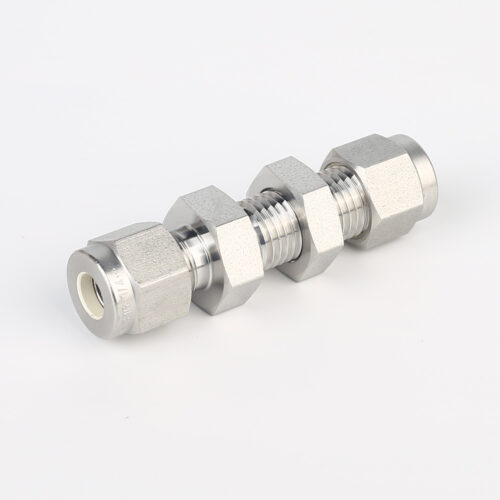
774L Stainless Steel UHP Fittings Butt Weld Bulkhead Union For High Flow Special Gas Fluid
-
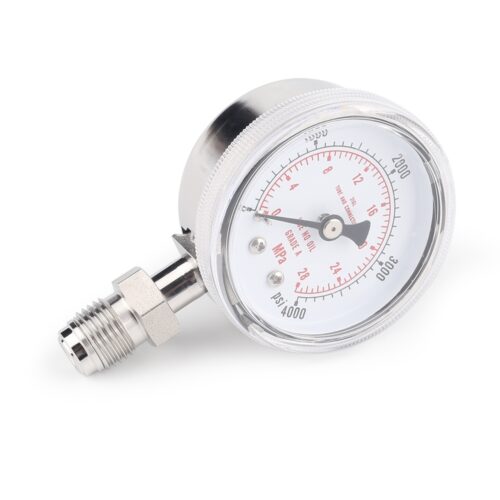
Ultra High Purity Oxygen Pressure Gauge For Semiconductor Gases JG Series Pressure Instruments For Semiconductor Manufacturing
-
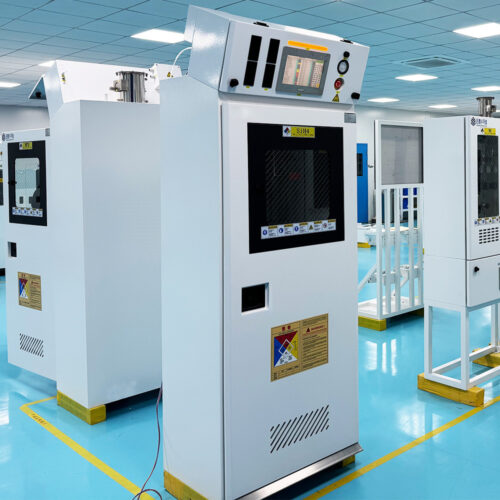
Ultra High Purity Trimethylaluminum TMA Gas Cabinet Liquid Delivering Cabinet Used For Specialty Gas Delivery System In Semiconductor
-
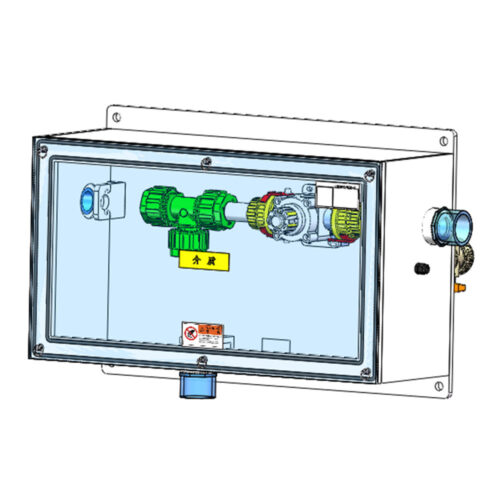
FT-BOX JW-FTB-C Valve Manifold Panels And Boxes With High Purity Configurable Systems
-

Scrubber Tail Gas Treatment Cabinet Waste Gas Treatment Wet Scrubber Exhaust Gas Treatment Spray Tower
-
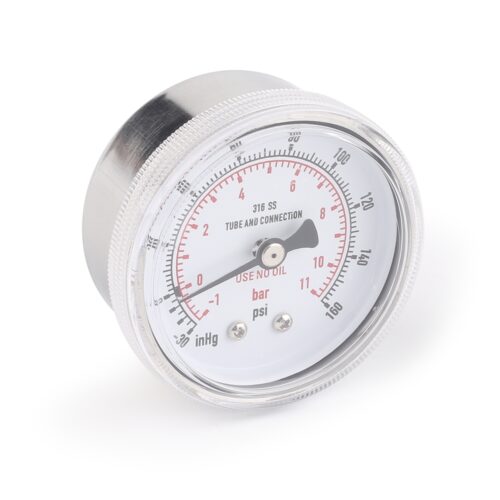
Ultra High Purity Pressure Gauge For Laboratory And Semiconductor JR Series
-
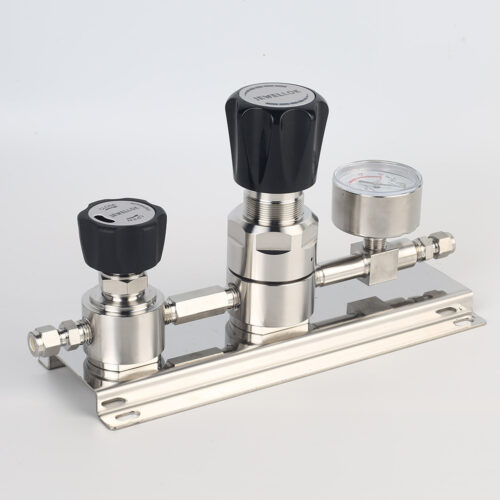
High Purity High Flow Pressure Control Regulators & Valves Gas Stick Assemblies JSR-2TG Series
-
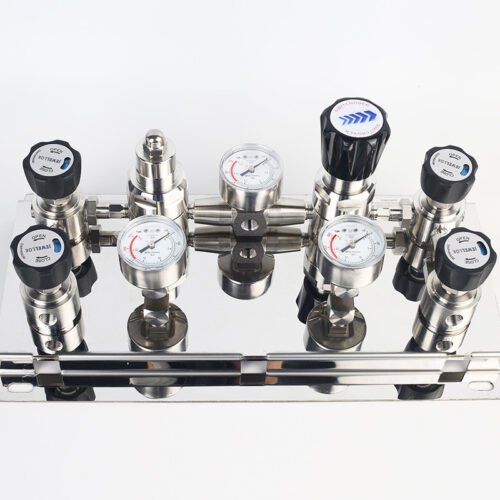
Semi Automatic Gas Changeover Manifold System Manual Changeover Manifold Panel Single Stage Automatic Switchover Board